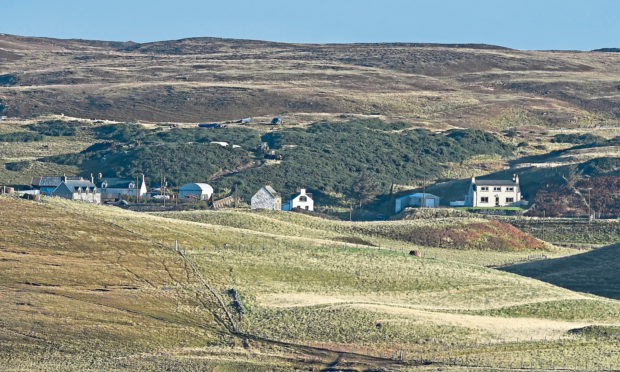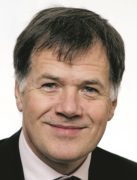Writing in these pages recently, Jim Hunter told of the desire of many young people to make their lives in rural communities.
But he went on to warn of the real threat that these communities will be depleted by as much as 30% over the next twenty years, singling out a shortage of housing as a key issue. My work with the two remote communities of Glenelg and Raasay over the past year has shown me that the difficulties go much further. In particular, problems with healthcare provision could sound the death knell of rural life.
During my work with these communities I heard many troubling tales which, if I’m honest, would make even a wilderness-loving person like me think twice about relocating, no matter how beautiful the area or warm the welcome.
One island-dwelling couple had a sick child who needed to be seen in hospital. They travelled by car and ferry to their nearest hospital where the child received essential care but upon completion, the family found that they had missed the last ferry home. It was high summer and there was no accommodation available, so all three, including the unwell child, slept in their van until the first sailing home the following morning.
I heard of a man in his late eighties who had to drive his unwell son on a 90-mile round trip, in treacherous winter weather across a high mountain pass, to get him the help he needed. The journey took over three hours.
And the elderly woman whose urinary catheter failed, being told to wear pads over the weekend until a nurse could attend on the Monday. As if the indignities of infirmity aren’t already stressful for patients and their families, I can’t bear to think of the humiliation she would have endured.
You might think that the answers are obvious. More rural GPs, more district nurses, ambulances, helicopters, even consultations over the internet with specialists in hospitals and GP practices elsewhere. You may also be privately thinking that a healthy dose of realism wouldn’t go astray either. I mean, when people make the choice to live in these far-flung places, they must understand and accept that services will not be the same as in towns, mustn’t they? How can the NHS justify employing a doctor or nurse for every tiny outpost?
Life is not that simple. In fact, life in these communities is very rarely simple. The technology to provide care remotely is least developed in these areas of greatest need. Broadband roll-out is yet to reach some of these small communities and relying on your mobile phone connection could well mean camping out at the war memorial on the beach to ensure a squeak of signal.
The Scottish Fire & Rescue Service, which has stations in many remote areas, has plans to carry oxygen cylinders on all its appliances, but what happens when their standard issue cylinder runs out in fifteen minutes and the ambulance is an hour away? Who will be the first trained person on scene to provide the first care and liaise with the emergency services if needed?
For these communities to grow, flourish and buck the trend of depopulation, it is essential that people can feel confident they can start families, bring up children, have meaningful employment and healthy lives as adults and be able to look forward to being cared for in retirement. At times and in some areas, these seem like unreachable goals.
And yet, somehow, solutions are being found. The value of having resident doctors or nurses, able to provide care across a wide range of ages and problems, has in some key areas been appreciated and extra funding has been agreed to appoint them. If this seems over-generous for small numbers, it must be offset by statistics: many expensive hospital admissions and A&E attendances will be saved as a result. These rural clinicians will need a wider training than most as well as the ability to access specialist expertise but if all goes well, they will be able to deliver high quality care and, equally important, continuity of care that are second to none.
Most of all, throughout my involvement with these rural areas I have been impressed by the value of involving the community in the decision-making process. When they were consulted on an emergency evacuation plan, we heard how small flexibilities in ferry times could transform care. But also, the community came away better-informed and reassured about the technology and resources that the emergency services use. Local people have come forward to train in basic life support, providing crucial help for trained staff in emergencies. They have even helped develop vibrant recruitment packs for the new staff, giving practical help and advice to applicants on the realities of how to live and thrive in remote communities – nothing like a spot of local knowledge.
Even the housing issues that Jim Hunter described are being tackled. New recruits will be helped to find accommodation by virtue of the community, local housing association and NHS Highland all working together. Our remote small communities deserve our support and I have had a glimpse of what can be achieved.
Dr Miles Mack is a GP in the Highlands and the former chair of the Royal College of General Practitioners Scotland

